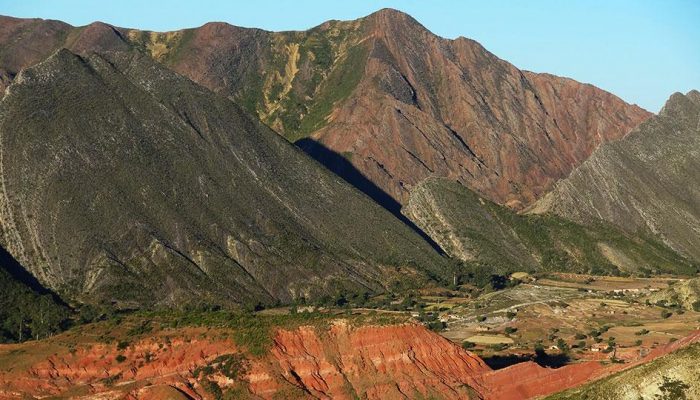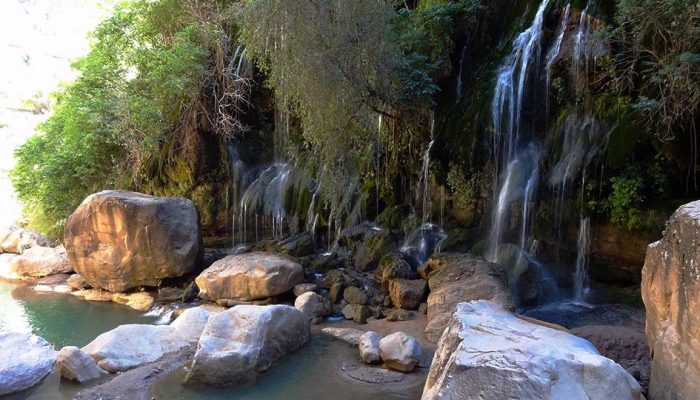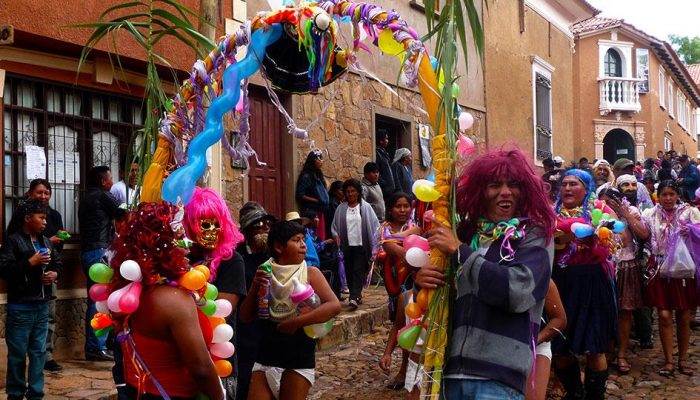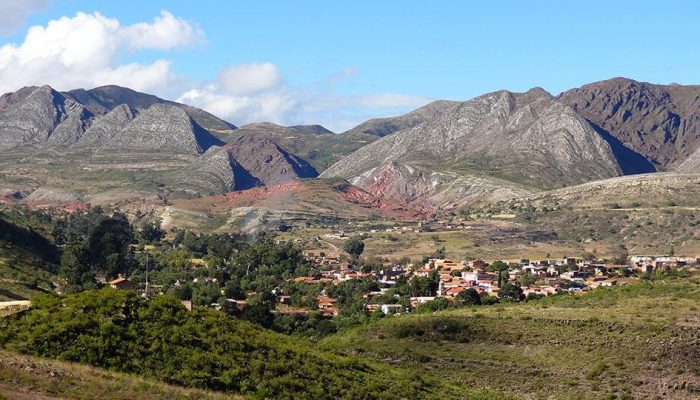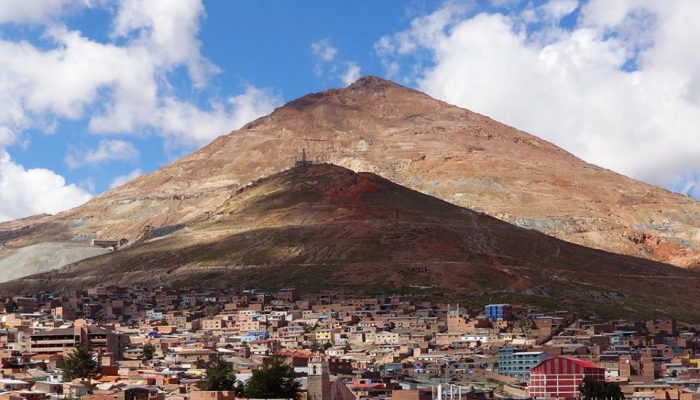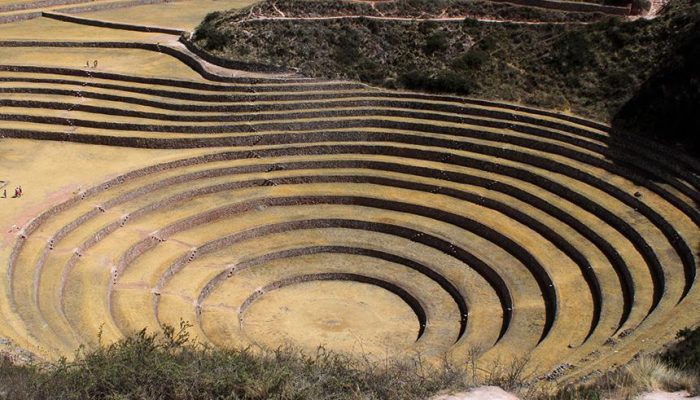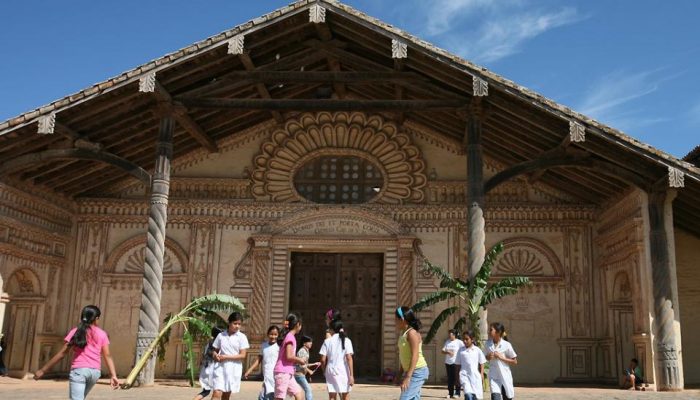Discovery of the national Park Toro Toro
The National Park Toro Toro is located in the north of the department of Potosi, 136 km south of the city of Cochabamba. Its superficy is 165 km2 and was established in 1989 in order to protect an endemic specie called “Paraba frente” which is a macaw with a red task on his head.
Located between 1900 and 3600 meters of altitude, it presents landscapes different from the rest of Bolivia and constitues a very interesting place for its geological aspect.
The Park is a paradise for the geologic, paleontology, speleology lovers, the Park Toro Toro is located in a mountainous region with deep canyons, open valleys and stunning waterfalls.
The fomation of the sector is dated from the prehistoric period. 4 thousand years ago, a cataclysm has leaded to a land disruption, raising different sedimentary layers and making emerge, on the inferior layers, well conserved fingerprints of prehistoric animals, sea and land mammels. There is a significant number of dinausors footprints (saurópodos, Ankilosaurios, Ceratopsidos, hadrosaurios, carnotauros, velociraptor). The different strata are clearly visible in various location.
Toro Toro comes from the quechua « thuru thuru », which means “mud” in reference to the soil in which the dinausors have left their footprints.
The flora and fauna are very rich and varied. 329 species of flowers have been registered. The most representative are coming from softwoods like the white quebracho (…). More than 600 species of plants have been categorized. On the top parts, there are queñua. Concerning fauna, 49 species have been registered like the andean deer (taruca), the andean cat or tiri, the puma, the endemic macaw with red front and the endemic lorita tordo.
In this area, the native population is coming from “Charcas” and mainly were decendants of the Quechua Indians.
The Park offers majestic sites like the Umajalanta Cavern, Itas City, cave paintings, El Vergel Waterfalls, the impressive Toro Toro canyon, and footprints of dinausors…!
We can reach the road to Sucre during the dry season (9 hours by road).

